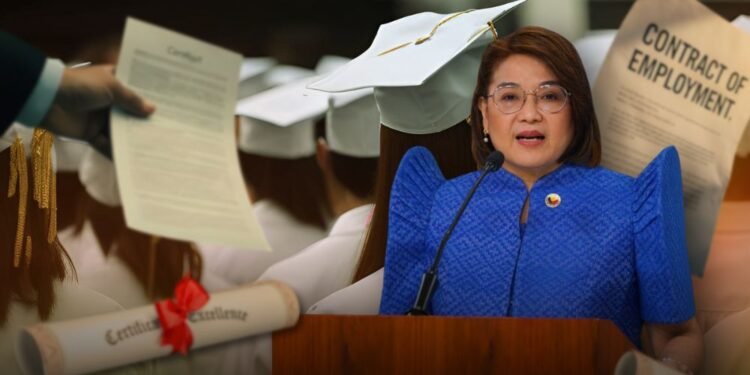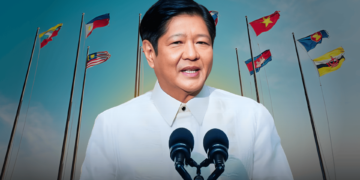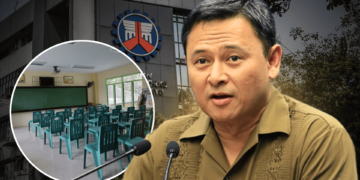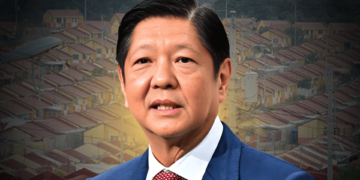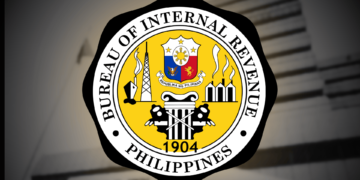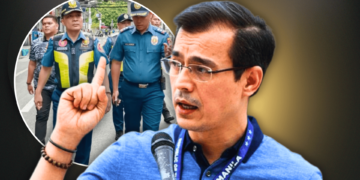Graduates of the K-to-12 program now have wider access to public sector jobs, as the Civil Service Commission (CSC) formally updated hiring rules to include senior high school graduates in the qualifications for entry-level government positions.
Under CSC Resolution No. 2500229, issued on March 6, 2025, the government amended its qualification standards to allow Grade 10 completers and Grade 12 graduates from 2016 onwards to apply for first-level (or sub-professional) positions across various national and local government agencies.
Also included are graduates of the technical-vocational track who hold a TESDA NC II certification, further expanding job pathways for Filipino youth.
“This recognizes the eligibility of those who completed Grade 10 and Grade 12 under the K-to-12 curriculum, as well as tech-voc grads with relevant national certification,” said Presidential Communications Undersecretary and Palace Press Officer Claire Castro during a recent Malacañang briefing.
The new rule applies to clerical, custodial, and similar support roles in government jobs previously limited to those with higher education or more advanced civil service eligibility.
With this reform, more young Filipinos, particularly those who entered the workforce straight from high school or vocational training, can now be considered for these positions.
It’s a significant shift. While these positions still require applicants to meet other job-specific qualifications like training, relevant experience, or a civil service eligibility exam, the resolution makes educational attainment less of a barrier for entry.
However, not all government roles are affected. The CSC clarified that the new standards don’t apply to professional roles that require a college degree or licenses governed by regulatory boards such as teaching, law, or engineering.
The move aligns with the original intent of the K-to-12 Basic Education Program, which was launched in 2012 to equip Filipino students with “essential competencies, skills, and values” for both lifelong learning and employment, according to the Department of Education.
With the first batch of K-to-12 graduates entering the workforce nearly a decade ago, the update to government hiring standards reflects a broader effort to ensure the curriculum translates into real opportunities—not just on paper, but in practice.
And while an appointment to any government role remains at the discretion of the hiring agency, the updated guidelines signal a more inclusive approach to public employment, especially for those who may have chosen (or been forced by circumstance) to start working straight out of high school.
For many young Filipinos, particularly those outside urban centers, this policy change could mean one thing: more accessible, stable jobs, and a stronger connection between education and employment.


